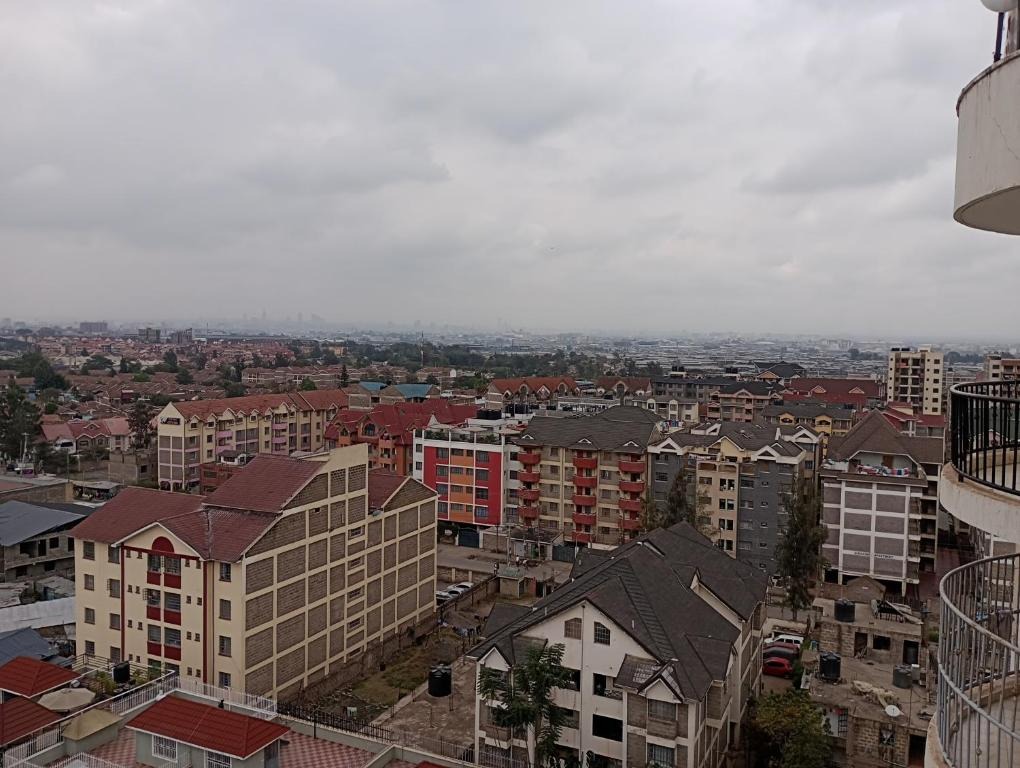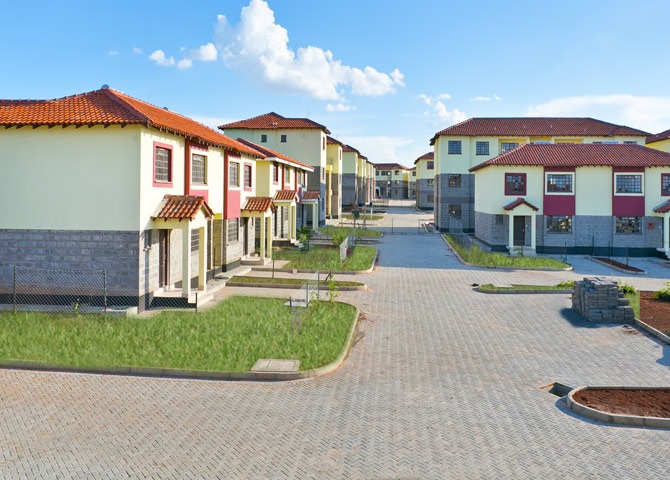
Demographic shifts play a significant role in shaping housing preferences and market dynamics, influencing everything from the types of homes people desire to the locations they choose to live in. As populations age, urbanize, and diversify, the demand for housing evolves, driving changes in supply, pricing, and development trends. This article delves into the impact of demographic shifts on housing preferences and market dynamics, exploring key trends and their implications for stakeholders in the real estate industry.
Changing Demographics: A Macro Perspective

Demographic trends, such as aging populations, urbanization, and immigration, exert profound influences on housing markets worldwide. In many developed countries, aging baby boomers are driving demand for age-friendly housing options, including single-story homes, accessible features, and proximity to healthcare services. At the same time, millennials and Gen Z individuals are entering the housing market, seeking affordable urban dwellings with access to amenities and public transportation.
Urbanization is another major demographic trend reshaping housing preferences. As people flock to cities in search of economic opportunities and cultural experiences, the demand for urban housing intensifies. High-rise apartments, mixed-use developments, and transit-oriented communities are gaining popularity among urban dwellers who value convenience and connectivity.
Generational Preferences: Tailoring Housing Solutions


Different generations have distinct preferences when it comes to housing, reflecting their lifestyles, values, and life stages. Baby boomers, nearing retirement or already retired, often seek downsized homes, active adult communities, or multifamily developments with amenities such as fitness centers and social spaces. Meanwhile, millennials, known for their digital savvy and sustainability ethos, gravitate toward urban lofts, co-living spaces, and eco-friendly developments that align with their values.
Gen Z, the youngest cohort entering the housing market, prioritize affordability, flexibility, and technology in their housing choices. Shared living arrangements, micro-apartments, and smart home features resonate with this tech-savvy generation, who value experiences over possessions and prioritize connectivity and convenience.
Location Matters: Urban vs. Suburban Dynamics
Location remains a critical factor in housing preferences, with urban and suburban areas offering distinct advantages and trade-offs. Urban centers attract residents with their vibrant culture, job opportunities, and proximity to amenities, but often come with higher housing costs and limited space. Suburban areas, on the other hand, offer larger homes, green spaces, and a quieter lifestyle, making them appealing for families and those seeking a sense of community.
The COVID-19 pandemic has accelerated certain housing trends, particularly the rise of remote work and the desire for larger living spaces. Suburban and rural areas have experienced increased demand as remote workers seek homes with home offices, outdoor amenities, and more space for remote learning and recreation. However, urban areas continue to hold allure for young professionals and empty nesters drawn to the energy and diversity of city life.
Supply and Demand Dynamics: Navigating Market Forces
The interplay between supply and demand dynamics is central to understanding housing market trends. Demographic shifts influence both sides of the equation, affecting the types of homes developers build and the locations where they invest. In high-demand urban markets, developers focus on densification, infill development, and mixed-use projects to maximize land use and cater to diverse housing needs.
In suburban and rural areas, developers are adapting to changing preferences by offering larger homes, master-planned communities, and amenities such as parks, trails, and community centers. Affordable housing remains a pressing issue in many markets, prompting policymakers and developers to explore creative solutions, such as inclusionary zoning, public-private partnerships, and housing subsidies, to address affordability challenges.
Investment Opportunities and Risks: Navigating the Landscape
The evolving demographic landscape presents both opportunities and risks for investors in the real estate market. Understanding demographic trends and their implications is essential for identifying attractive investment opportunities and mitigating risks. For example, investing in multifamily developments in urban areas with high millennial and Gen Z populations may offer long-term growth potential, while investing in age-friendly housing in suburban or retirement communities could capitalize on the aging baby boomer demographic.
However, demographic trends are not static, and investors must stay vigilant to changes in preferences, behaviors, and market conditions. Economic downturns, regulatory changes, and unforeseen events, such as pandemics or natural disasters, can impact housing demand and market dynamics, affecting investment performance. Conducting thorough market research, diversifying investment portfolios, and maintaining a long-term perspective are essential strategies for navigating the complex and ever-changing real estate landscape.
Conclusion: Anticipating Future Trends

Demographic shifts are reshaping housing preferences and market dynamics, presenting opportunities and challenges for stakeholders in the real estate industry. By understanding the evolving needs and desires of different demographic groups, developers, investors, and policymakers can adapt their strategies to meet changing demand and capitalize on emerging trends.
From age-friendly housing for seniors to tech-enabled urban apartments for Gen Z, the future of housing will be shaped by the evolving preferences and lifestyles of diverse demographic cohorts. By anticipating and accommodating these changes, the real estate industry can continue to thrive and contribute to vibrant, sustainable communities for generations to come.







